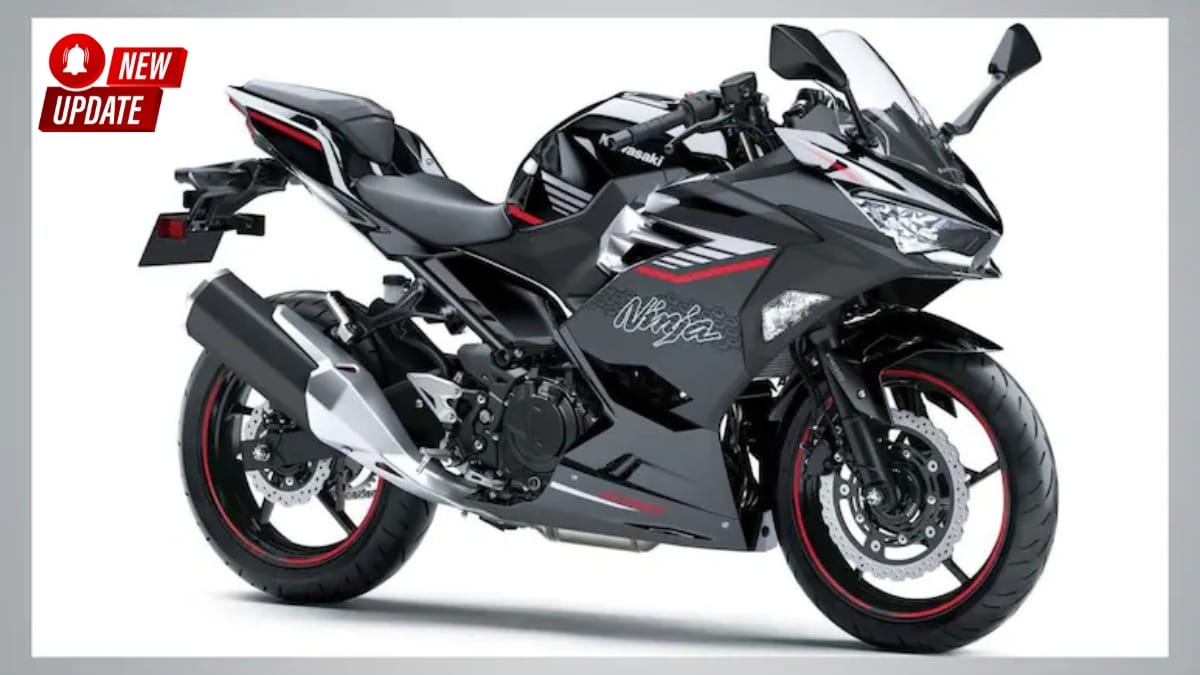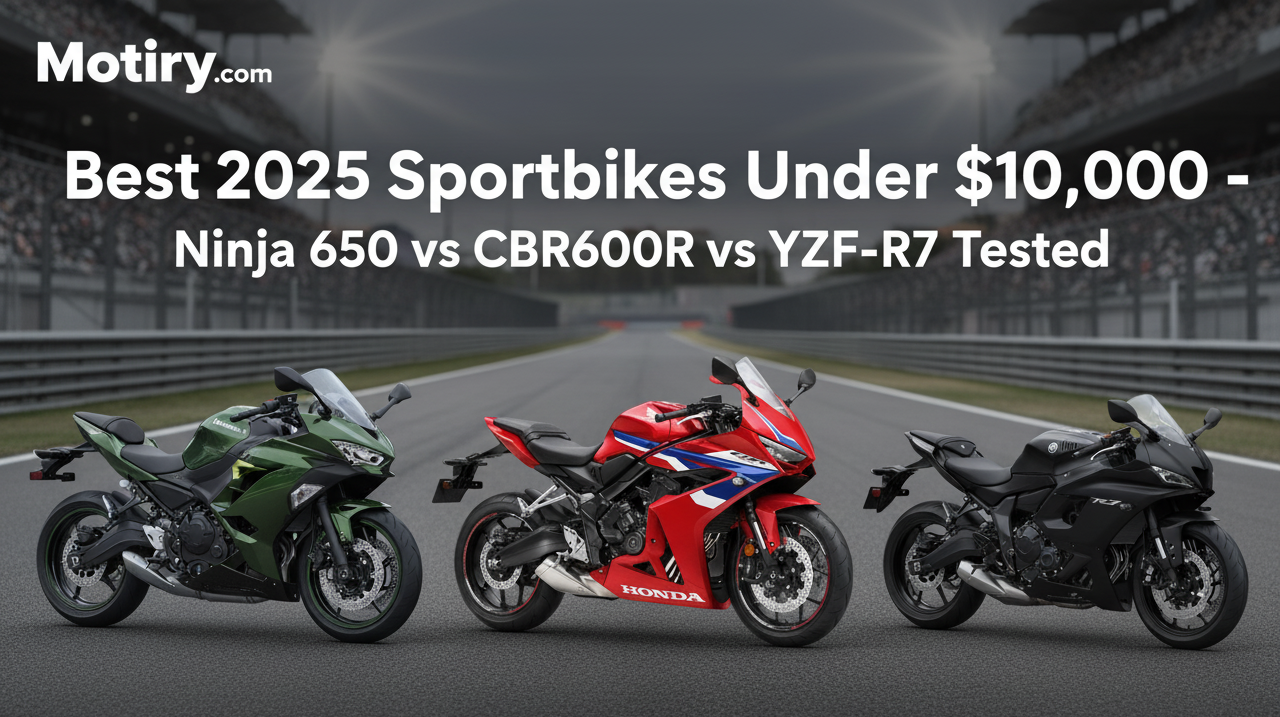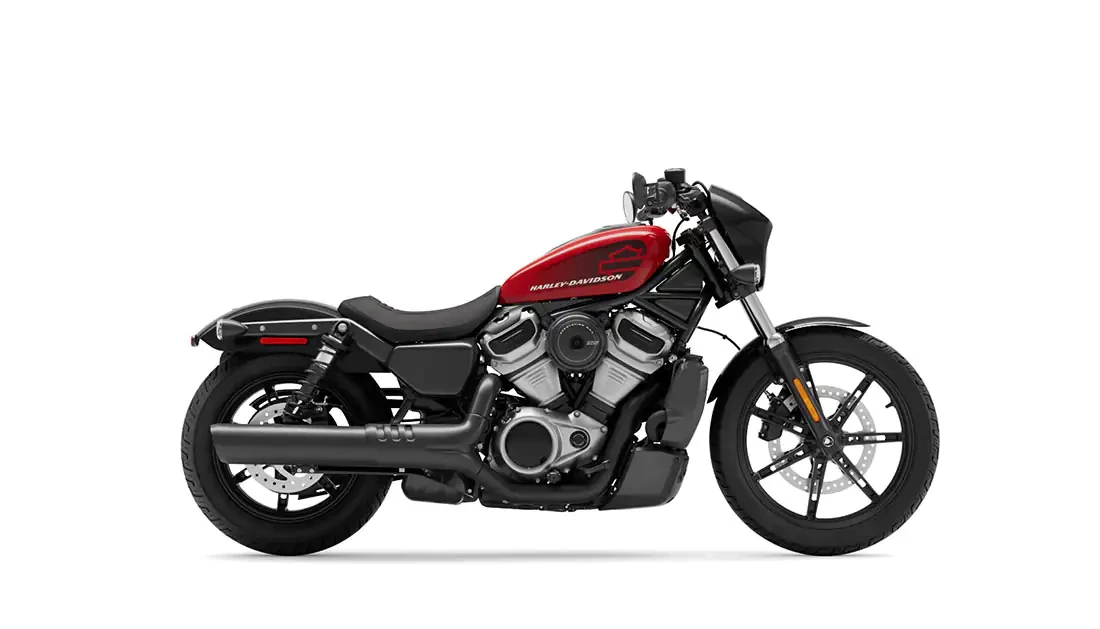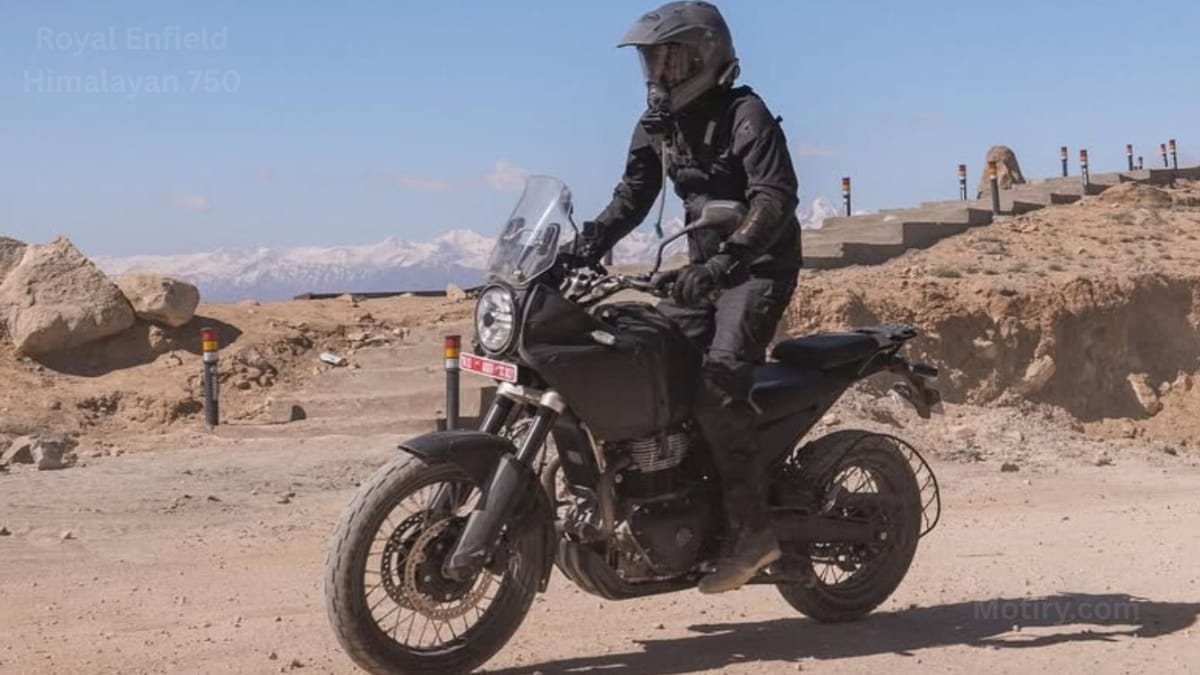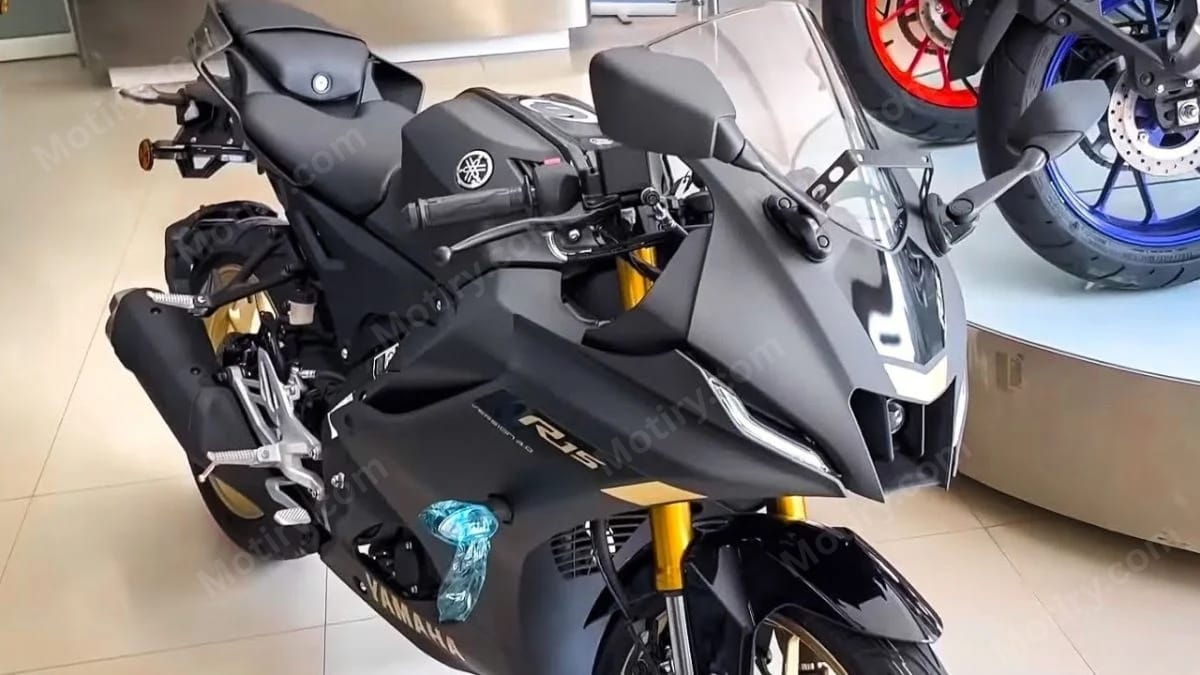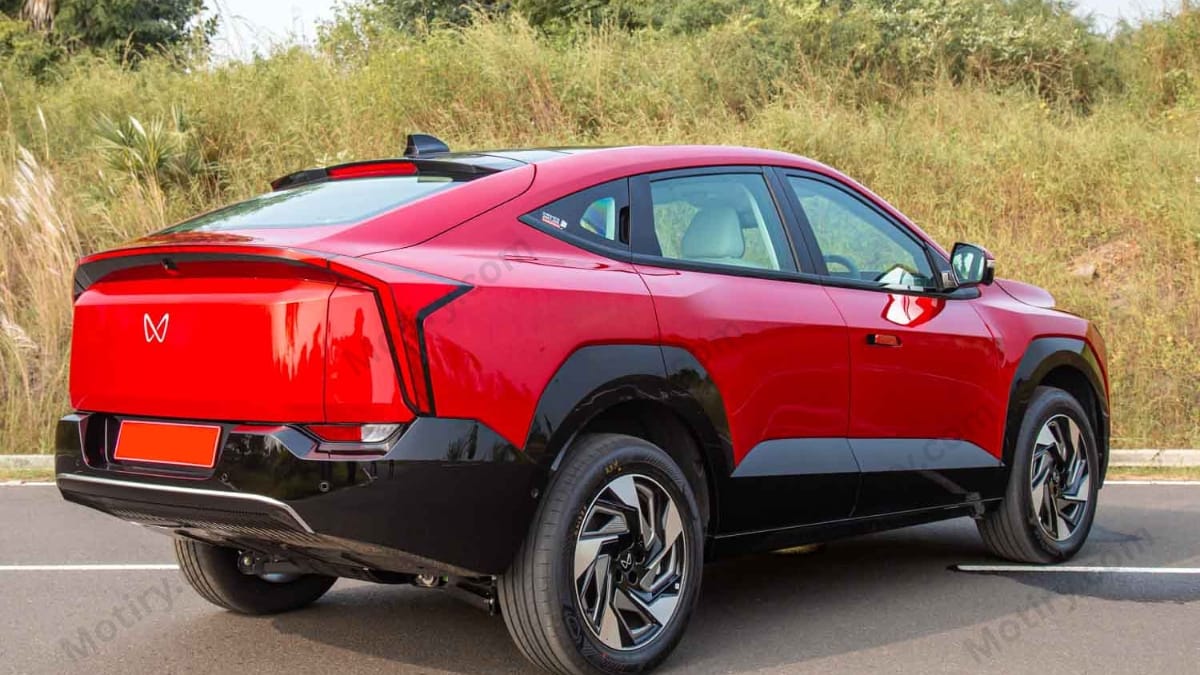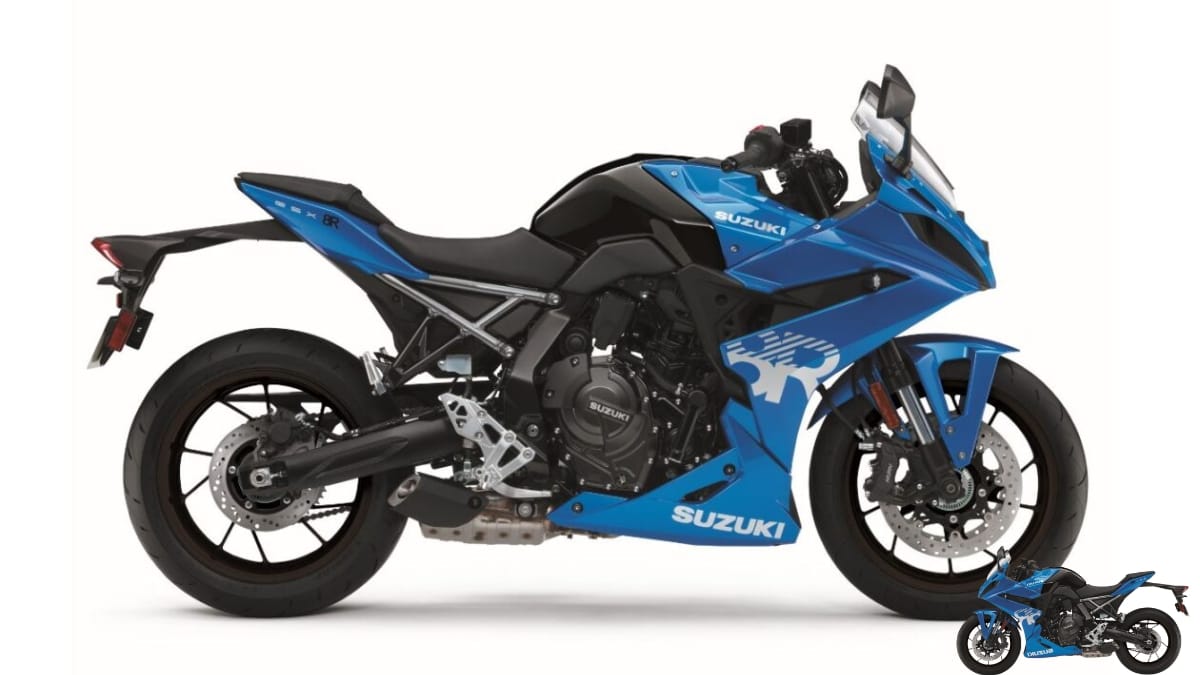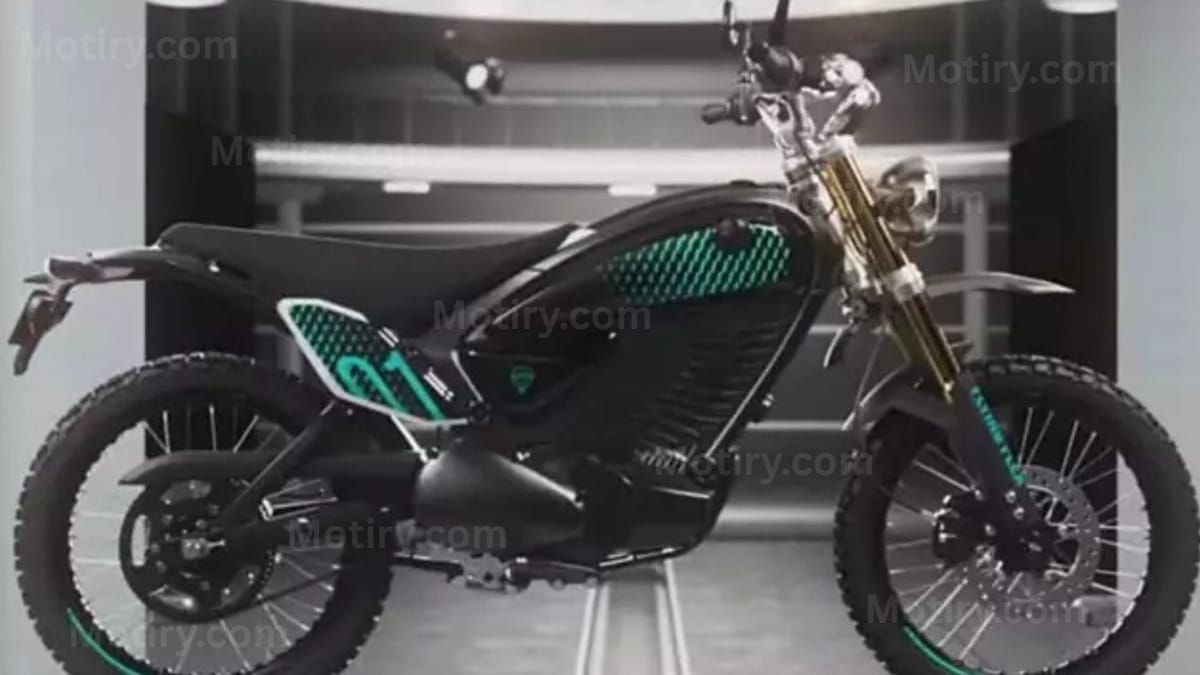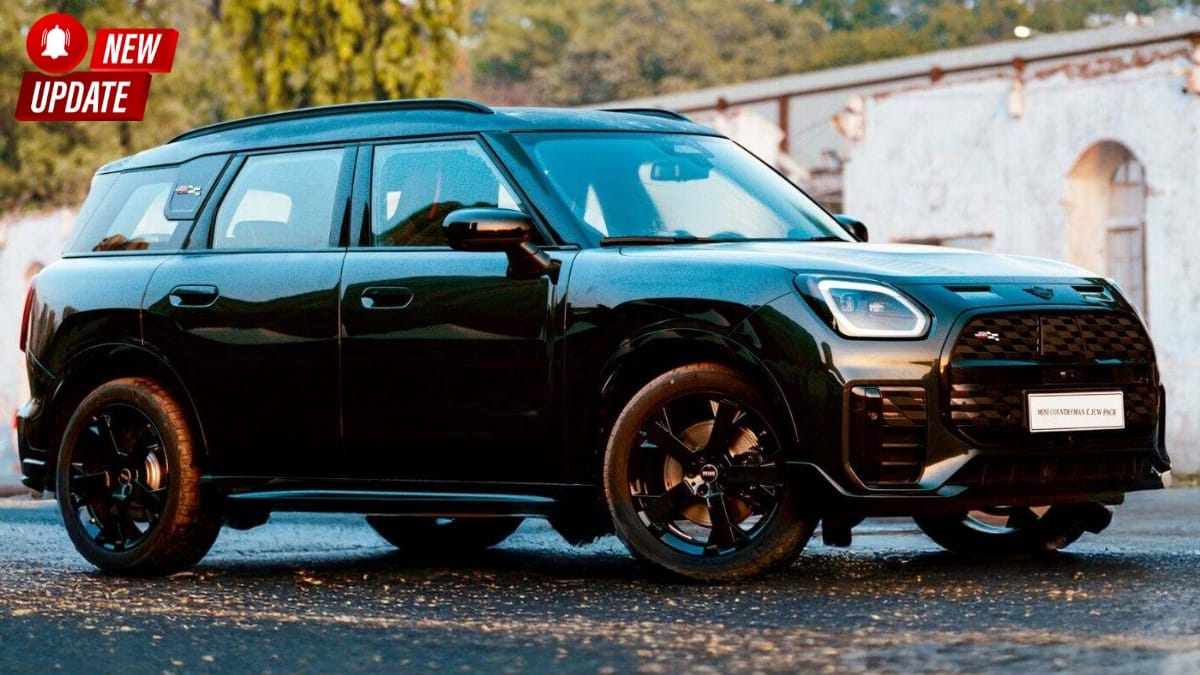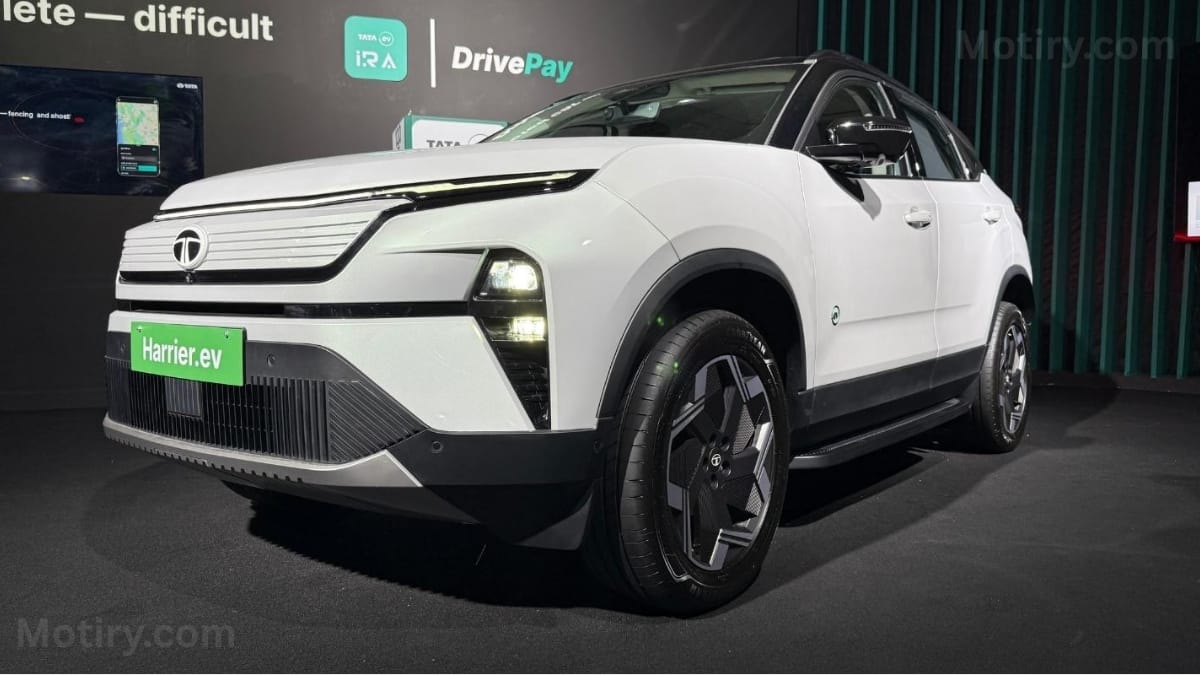Hi, I’m Dimple Khandani, and after spending four years immersed in the world of automobiles—from cars and SUVs to motorcycles and bicycles—I’ve come to appreciate the charm of motorcycles that strike a balance between style, usability, and performance. The Kawasaki Ninja 400 is one such machine. With its compact yet powerful engine, lightweight handling, and aggressive looks, it has carved out a strong reputation in the mid-weight sportbike segment. In 2025, Kawasaki has chosen to refine its aesthetics while keeping the core mechanicals untouched, a move that speaks volumes about the bike’s already well-rounded nature. Let’s explore the full story of the 2025 Kawasaki Ninja 400 and why it still deserves your attention.
Contents
- 1 Aesthetic Enhancements: Subtle but Significant
- 2 Design and Styling: Aggression with Practicality
- 3 Engine and Performance: Purposeful and Refined
- 4 Ride and Handling: Light, Nimble, and Confidence-Inspiring
- 5 Braking and Safety: Reassuring Under Pressure
- 6 Features and Equipment: Functional Simplicity
- 7 Everyday Usability: Practical for Daily and Long Rides
- 8 Kawasaki Ninja 400 vs Ninja 500: Why the 400 Still Matters
- 9 Final Thoughts: Why the Kawasaki Ninja 400 Still Deserves Respect
Aesthetic Enhancements: Subtle but Significant
For 2025, Kawasaki has given the Ninja 400 a visual makeover that enhances its sporty identity. While the iconic Lime Green still holds its place in Kawasaki’s DNA, the new colour schemes introduced this year bring a more mature and dynamic visual appeal. These changes are not just about style for the sake of style; they refresh the bike’s presence in a segment where visual appeal can play a crucial role in a buyer’s decision. What’s remarkable is that even after years of the same basic design, the Ninja 400 continues to look fresh and futuristic, thanks in part to clever use of body lines and minimalistic graphics. The new paint options make the 2025 Ninja 400 feel like an upgrade, even without any mechanical updates.
Design and Styling: Aggression with Practicality
At a glance, the Kawasaki Ninja 400 carries the unmistakable silhouette of a Ninja sportbike. Its sharply contoured fairings, dual LED headlamps, and sculpted fuel tank contribute to its aggressive street presence. But this aggression is tastefully balanced with practicality. The riding posture, for instance, is sporty but not extreme, which allows riders to enjoy longer commutes or weekend rides without fatigue. It’s one of those rare sportbikes that doesn’t force a compromise between visual drama and everyday usability. The fit and finish are top-notch, and the attention to detail in panel gaps, paint quality, and component alignment reflects Kawasaki’s premium standards, even in this relatively affordable segment.
Read: – Yamaha Rajdoot 350 Returns in 2025: Retro Charm Meets Modern Muscle
Engine and Performance: Purposeful and Refined
Under the fairing, the Kawasaki Ninja 400 continues to house its tried-and-tested 399 cc parallel-twin engine. Producing 44 horsepower and 38 Nm of torque, this engine remains one of the smoothest in the category. It offers a linear powerband that makes it accessible to newer riders while still being exciting for experienced ones. What makes the Ninja 400 stand out is the engine’s willingness to rev freely and its smooth delivery across the rev range. There’s a refined feel to the motor that instills confidence during both spirited riding and everyday cruising.
Despite the lack of updates in the powertrain for 2025, the decision to retain this setup is justified. The performance remains relevant, the reliability is proven, and the ride quality is still among the best in its class. Whether you’re weaving through city traffic or pushing through highway sprints, the Ninja 400 offers a consistent and enjoyable riding experience.
Ride and Handling: Light, Nimble, and Confidence-Inspiring
One of the strongest attributes of the Ninja 400 is how it handles. Built on a lightweight trellis frame, the bike is incredibly nimble, making it ideal for tight corners and city navigation. The suspension setup—comprising telescopic front forks and a preload-adjustable rear monoshock—strikes a well-judged balance between comfort and control. Whether you’re tackling rough roads or gliding through open stretches, the bike remains composed and predictable.
There’s a natural feedback that the chassis provides, which makes cornering more intuitive. The wide handlebars and low kerb weight contribute to this, ensuring that even newer riders can quickly build confidence. Kawasaki has managed to make the Ninja 400 engaging without being intimidating, which is part of its widespread appeal.
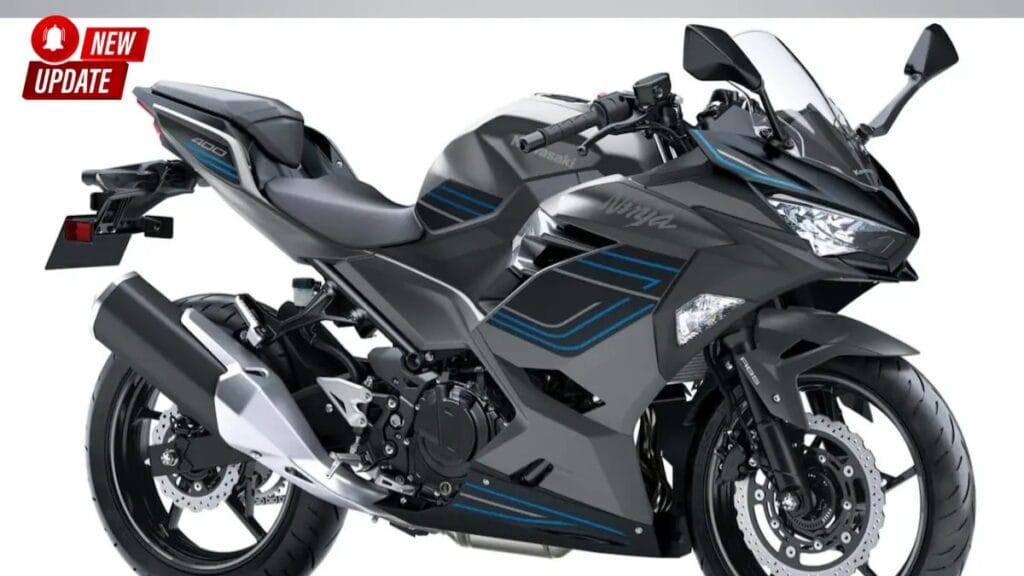
Braking and Safety: Reassuring Under Pressure
Braking duties on the Kawasaki Ninja 400 are handled by a 310 mm front disc and a 220 mm rear disc, paired with dual-channel ABS. The braking system feels progressive and well-tuned, offering ample stopping power without being too sharp or grabby. The ABS calibration is subtle, engaging only when necessary and allowing experienced riders to maintain full control under hard braking.
In real-world conditions—be it rainy roads or sudden braking in traffic—the system performs consistently, adding a valuable layer of safety. It’s the kind of setup that reassures you as a rider, particularly when you need it most.
Features and Equipment: Functional Simplicity
Kawasaki has chosen not to load the Ninja 400 with high-end electronics or flashy interfaces, and that actually works in its favour. The analog-digital instrument cluster, while not cutting-edge, is clear and easy to read. It displays all essential data, including gear position, fuel economy, and dual trip meters.
The lighting setup includes full LED units at the front, improving visibility and adding to the bike’s premium character. Even the ergonomics—clip-on handlebars, split seats, and rear-set footpegs—are designed to offer a sporty experience without compromising comfort. For riders who appreciate pure motorcycling without unnecessary complexity, the Ninja 400 delivers everything that matters.
Read More: – Why Honda is Failing in India: The Downfall of a Once-Premium Car Brand
Everyday Usability: Practical for Daily and Long Rides
Despite its sporty DNA, the Kawasaki Ninja 400 surprises with its real-world practicality. With a manageable seat height of 785 mm and a kerb weight of around 168 kg, it’s easy to handle in daily stop-and-go traffic. The clutch is light, the gearbox shifts smoothly, and the engine doesn’t overheat quickly, even in Indian summer traffic.
Its 14-litre fuel tank offers a decent range, and with mileage figures ranging between 25–30 kmpl in mixed riding conditions, it proves to be economical too. The Ninja 400 isn’t just about speed and looks—it’s also about comfort, consistency, and cost-effectiveness, which many riders often overlook in this segment.
Kawasaki Ninja 400 vs Ninja 500: Why the 400 Still Matters
Kawasaki has discontinued the Ninja 400 in India, replacing it with the larger and more powerful Ninja 500. However, this doesn’t diminish the value of the 400 in global markets. In regions where it’s still available, the 400 continues to be a top recommendation for new and intermediate riders.
Here’s a quick comparison to put things in perspective:
| Model | Ninja 400 | Ninja 500 |
|---|---|---|
| Engine | 399 cc Parallel-Twin | 451 cc Parallel-Twin |
| Power | 44 HP | 49 HP |
| Weight | ~168 kg | ~171 kg |
| Price (Global Avg.) | Lower | Slightly Higher |
The Ninja 400 remains relevant because it offers nearly the same experience as the Ninja 500, but in a slightly lighter and more approachable package. For many riders, especially those prioritizing agility over outright power, the Ninja 400 still makes perfect sense.
Final Thoughts: Why the Kawasaki Ninja 400 Still Deserves Respect
The 2025 Kawasaki Ninja 400 might not have received mechanical updates, but it remains a remarkably well-rounded motorcycle. Its reliability, user-friendliness, and performance continue to define its legacy. The new colours add a refreshing visual appeal, and the core package is still strong enough to compete in a segment that’s getting more competitive each year.
As a blogger deeply involved in the world of two-wheelers, I can confidently say that the Ninja 400 is one of the best beginner-to-intermediate sportbikes ever made. It’s a machine that grows with you, adapting to your skill level while still keeping the excitement alive.
If Kawasaki ever reintroduces it in India—perhaps with more localized assembly to reduce cost—it would certainly have many takers. Until then, for international buyers or collectors who understand its value, the Kawasaki Ninja 400 is still an icon worth owning.
